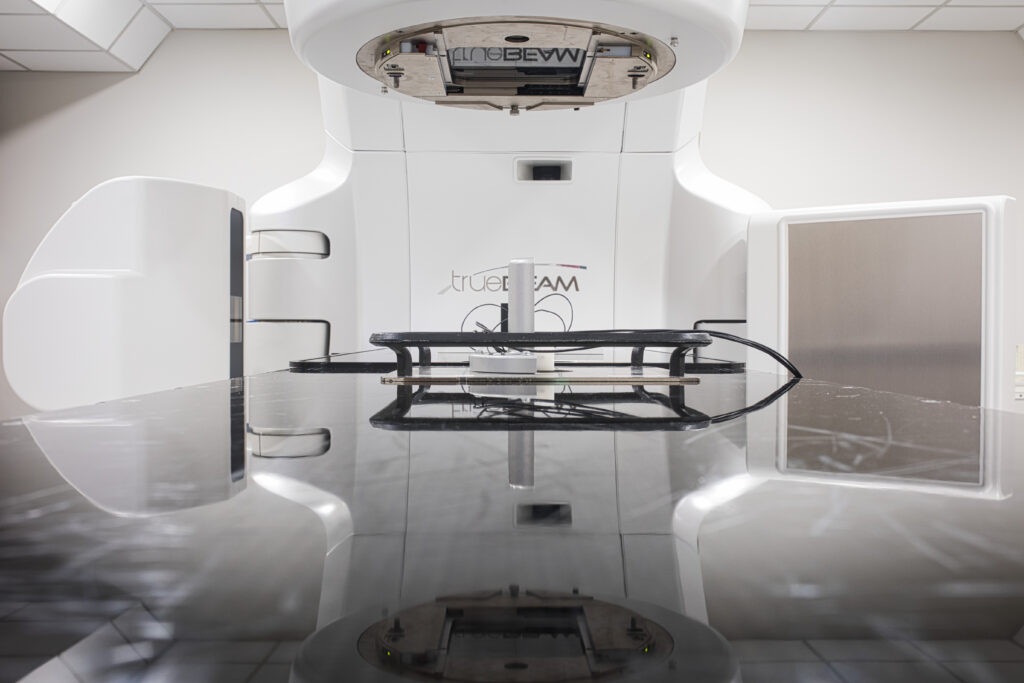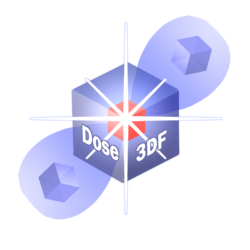How to make radiotherapy more accurate and effective in cancer treatment? Scientists and doctors have joined forces and are working to develop a medical phantom for precise dose planning in radiotherapy. The device will allow both the dose and the angle of incidence of the radiation beam to be tailored to each patient so that healthy tissue is not damaged. The project could lead to a revolutionisation of techniques for measuring radiation dose distribution and personalisation in radiotherapy, which is the most commonly used treatment for cancer patients.

When surgical removal of the tumour is not possible, doctors often opt for radiotherapy. It aims to inhibit the further growth of cancer cells and to eliminate them from the body. Radiotherapy is also used as a complementary treatment for patients after surgery. In total, it is estimated that in Poland about half of all patients treated for cancer receive radiation.
Before the start of treatment with ionising radiation, a precise individual therapeutic plan is created for each patient, specifying exactly the fields to be irradiated, the dose level and the treatment schedule. The planning serves the purpose of hitting the tumour with maximum force while minimising the effect of the rays on healthy tissues, especially on so-called critical organs such as the heart.
In the next step, this plan should be verified. This can be done by independent calculations, measurements or a combination of the two. “Nowadays, with the increasing computing power of computers and the continuous improvement of algorithms for simulating the interaction of ionising radiation with tissues, the precision of the calculation of absorbed dose distributions is getting better, but still the direct measurement of this distribution is considered the best way to verify therapeutic plans,” says Tomasz Szumlak, PhD, professor at the AGH University of Science and Technology in Krakow.

